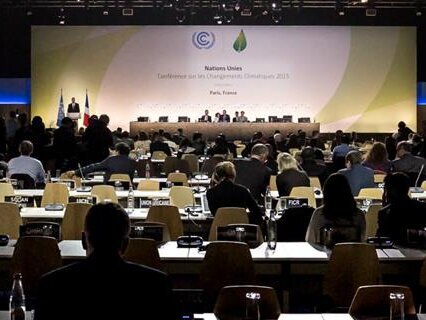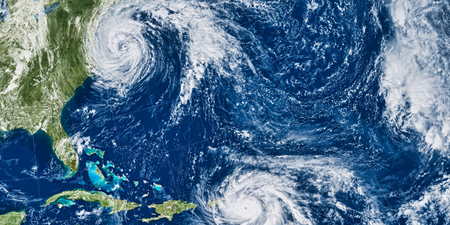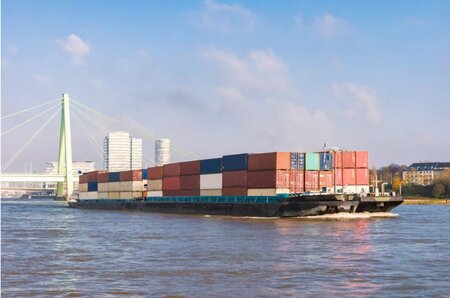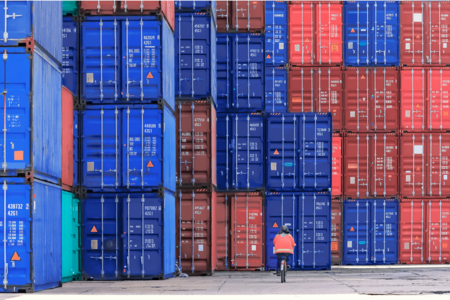What is the Paris Agreement?
The Paris Agreement was signed by governments of over 190 nations in 2015, who agreed to limit global warming to less than 2 degrees C and attempt to limit it to 1.5 degrees C above pre-industrial levels. The agreement also extended the scope of reduction commitments to include emissions from international shipping and aviation. It mandated the International Maritime Organisation (IMO) and the International Civil Aviation Organisation (ICAO) to develop and implement binding measures to achieve comparable reductions in these modes of transport.
At country level, by 2020 countries were required to communicate plans, known as Nationally Determined Contributions, reporting what actions they will take to reduce greenhouse gas emissions in order to meet the targets under the Paris Agreement. Countries must also consider resilience and the steps they will take to mitigate the effects of rising temperatures.
It remains the principal international treaty guiding national government actions on climate change and global warming.
Contact us
The aim of the Paris Agreement
The Paris Agreement is a legally binding, international treaty under the United Nations Framework Convention on Climate Change (UNFCCC). As at September 2022, 193 states and the EU, representing over 98% of global emissions had ratified the Paris Agreement. The primary aim of the Paris Agreement is to limit global warming to well below 2DegC and preferably to 1.5DegC compared to pre-industrial levels. Of course achieving this aim will require huge global investment along with an economic and social transformation.
The challenges faced relating to climate change are likely to evolve as progress is made so the Paris Agreement is intended to address both current and future challenges. In this context, The Paris Agreement operates on a five year cycle of increasingly ambitious climate action targets.
One of the current and upcoming requirements is focused on reporting. Starting in 2024 countries will be required to transparently report actions taken and collective progress will be assessed on a global scale.
It is this process that will afford opportunities to identify ever increasingly ambitious targets for the next five year cycle.
The journey to net zero
In many ways, what we refer to as the journey to net zero, began with the signing of the Paris Agreement in 2015. Some therefore have been on this journey for a number of years already and have learned a great deal about what is effective, what is impactful and importantly in the context of starting a journey, what isn’t.
The importance of decisively acting cannot be underestimated. While some irrecoverable damage has already occurred, taking steps now to reduce emissions it is considered will lessen the impact on the environment and slow climate change. It will protect the environment and the various ecosystems and habitats of insects, animals and life that underpin the equilibrium we often take for granted.
Your journey to net zero
As nations around the globe ramp up action their against climate change and move their economies towards net-zero greenhouse gas (GHG) emissions, new practices, opportunities and indeed challenges are likely to arise for their respective ports and logistics operations. Find out more about reaching net zero.





